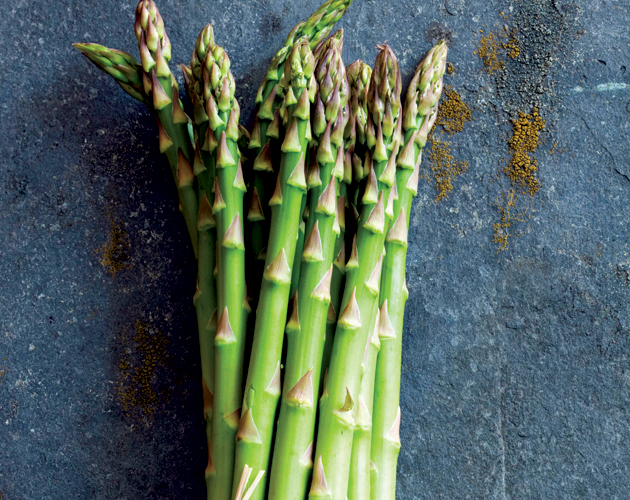Pick of the Day

TRANSPLANTING A GARDEN can be one thing, but transplanting a life can be another. Horticulturalist and garden consultant Donna Balzer, 55, has just sold her house in Calgary – “I’m heading off to a new career-life on the West Coast,” she says, but for this green thumb, that’s a good thing. She’ll soon be able to get a jump on the spring planting, due to the West’s propensity to greet the season earlier than the rest of Canada.
Location, however, shouldn’t deter cultivating your own patch of green. In No Guff Vegetable Gardening, co-authored with fellow garden “coach” Steven Biggs, who works his horticultural know-how in Toronto, she covers the ground on growing what’s good for you – for just about any garden in Canada. Filled with quirky notations, illustrations and he says/she says banter, the book also features easy to follow instructions and lists.
Can’t wait to get your hands dirty? Balzer and Biggs’ 10 Crops for an Early Spring Start chart includes easy-to-grow asparagus, garlic, lettuce, onions, peas, radishes and spinach. “There’s no right or wrong when it comes to choosing crops to grow,” says Balzer, “but if you want an early start, try these cold-hardy and early-yielding vegetables.”
Easy to grow is key. According to the coaches, asparagus, for example, gets a thumbs-up for a perennial that produces spears every spring at a time when there is not a lot ready in the garden – and takes care of itself once established.
“The plants listed are frost-hardy, too,” Balzer says. “Depending on your region, like Victoria or Toronto, you can start now, a bit later in other regions.” She suggests tracking frost warnings. “Our website (www.gardencoacheschat.com) posts frost data across Canada.”
Even better is having the veggies fresh and on hand all through the warmer growing season months, as nutrients can start to fade soon after picking. Vegetables are known cancer fighters, with leafy and intensely coloured greens leading the way due to their phytochemicals – free-radical fighting antioxidants – and are also an abundant source of longevity-inducing folate, potassium (good for controlling blood pressure), fibre, a handful of vitamins and immune-boosting minerals.
Eating your daily dose of greens (Health Canada recommends seven to 10 servings of fruits, vegetables and other plant-based foods) can be a tastier-than-you-think endeavour. In their book, Fresh & Healthy Cooking for Two, Ellie Topp and Marilyn Booth give “easy meals for everyday life” tips and recipes geared to empty nesters and even singletons, who may have a spent a better part of their lives either cooking for a brood or eating takeout on their own.
But greens are old news. According to legend, the Romans had a fondness for asparagus (it’s said that Augustus had a particular taste for the Eastern Mediterranean plant), recognizing its healing, detoxifying and medicinal properties but perhaps more so due to its spear-like, sexy shape. It was a favourite in the courts of Europe, no doubt for its exotic nature but also a boon for the royal chefs: it can be eaten raw or cooked simply, as Topp and Booth suggest in their recipe, above, for Grilled Asparagus. “Simple is often best when enjoying asparagus in season,” they write.
Simply put, health aside, it’s simply delicious – especially when it comes from the garden you grow.
—Vivian Vassos
RECIPE: GRILLED ASPARAGUS
½ lb (250 g) fresh asparagus, 1 tsp (5 ml) olive oil Place asparagus in
a grill basket. Brush with olive oil and place over medium heat; grill
for 3 to 5 minutes or until tender and slightly browned. Drizzle with extra olive oil before serving if desired. Serves 2.